Red Saddled Anthias
$74.99
-
Select Variant
What is it that makes Red Saddled Anthias a highly desired addition to the experienced aquarium enthusiast isn't just the stunning multiple colors of yellow and pink, but it also has an lively nature, remarkable personality and general lack of interest for corals and sessile marine invertebrates and other fishes that are not similar. Because of its extremely limited harvest, remote locations and deep depths at which they are the most abundant, the Red Saddled Anthias is rarely found in aquariums and this increases the value of this treasure of the deep.
The Red Saddled anthias initially might be difficult to adapt to an established system. It is believed that the Red Saddled Anthias are collected in water between 98 and 102 feet in depth and are accustomed to low to moderate lighting at first, but gradually adjust to aquariums that have stronger lighting. These Red Saddled Anthias might be stressed by shipping, contributing to their difficulty in acclimatizing. When they have completed their quarantine and are robust enough to be introduced to your aquarium display they will flourish and be a part of your aquarium, along with other calm fish. It is recommended that the Red Saddled Anthias should be added to your aquarium before other active, territorial fish to allow them to be settled in without stress.
As with other species of anthias The Red Saddled Anthias can be kept as a single animal, but it is more effective in small shoals made up of many individuals. The members in the Anthias group share the feature of being hermaphroditic. If the dominant male dies the biggest female in the group will transform into an active male to replace it. To provide habitat for Red Saddled Anthias aquascape abundantly with live rocks making numerous caves and hiding spots. Make sure you maintain spaces that are open and have plenty of surface area to allow for adequate oxygenation of your water. To create a striking aquarium display, think about the possibility of a dramatic reef profile, perhaps with a slight incline to offer additional protection and lighting that is diffused.
After acclimating to a newly installed aquarium Anthias thrive when provided with a diverse diet consisting of mysis shrimp frozen, enhanced brine shrimp frozen in brine and eventually, they can eat premium flake food that is available in small amounts throughout the daytime. A refugium that is attached to the tank and cultivates amphipods and copepods will provide an unending supply of nutritious live food that will keep the active planktivore levels.
Approximate Purchase Size: Juvenile/Female: 2"; Sub adult/Male: 2" to 3"
- Description
- Additional Information
- Reviews
Red Saddled Anthias Overview
The Red Saddled Anthias is a sought-after species for reef aquariums, known for its vibrant colors and energetic nature. It is a deepwater fish that adds a splash of pink and yellow to any marine setup.Key Characteristics of Red Saddled Anthias
- Coloration: Males and females exhibit stunning shades of pink and yellow.
- Behavior: Energetic and peaceful, with minimal interest in corals and invertebrates.
- Habitat: Prefers moderate to low lighting initially but adjusts to stronger lighting over time.
Red Saddled Anthias Habitat Needs
- Tank Placement: Ideally placed in a well-aquascaped tank with ample hiding spots.
- Tank Size: A 125-gallon or larger tank is recommended for a small group.
- Aquascaping: Use live rock to create caves and hiding spots. Maintain open areas for oxygenation and consider an incline reef profile for added protection and diffused lighting.
Red Saddled Anthias Behavior and Care
- Acclimation: May be difficult to acclimate due to their deepwater origins and sensitivity to shipping stress.
- Introduction: Add Red Saddled's before introducing more active or territorial fish to reduce stress.
- Diet: Feed a varied diet including frozen mysis shrimp, enriched frozen brine shrimp, and high-quality flake foods. Small quantities throughout the day are best. A refugium with copepods and amphipods provides nutritious live food.
Reproduction and Social Structure
- Hermaphroditic Trait: If the dominant male dies, the largest female will often transition to take its place.
- Group Dynamics: Best kept in small shoals. While they can be kept singly, they thrive in groups of multiple individuals.
Approximate Purchase Size
- Juvenile/Female: Less than 2 inches
- Sub Adult/Male: 2 to 3 inches
LINKS to follow:
size
Large, Medium, Small
Units
1
Weight
6 lbs
Dimensions
1 × 1 × 1 in
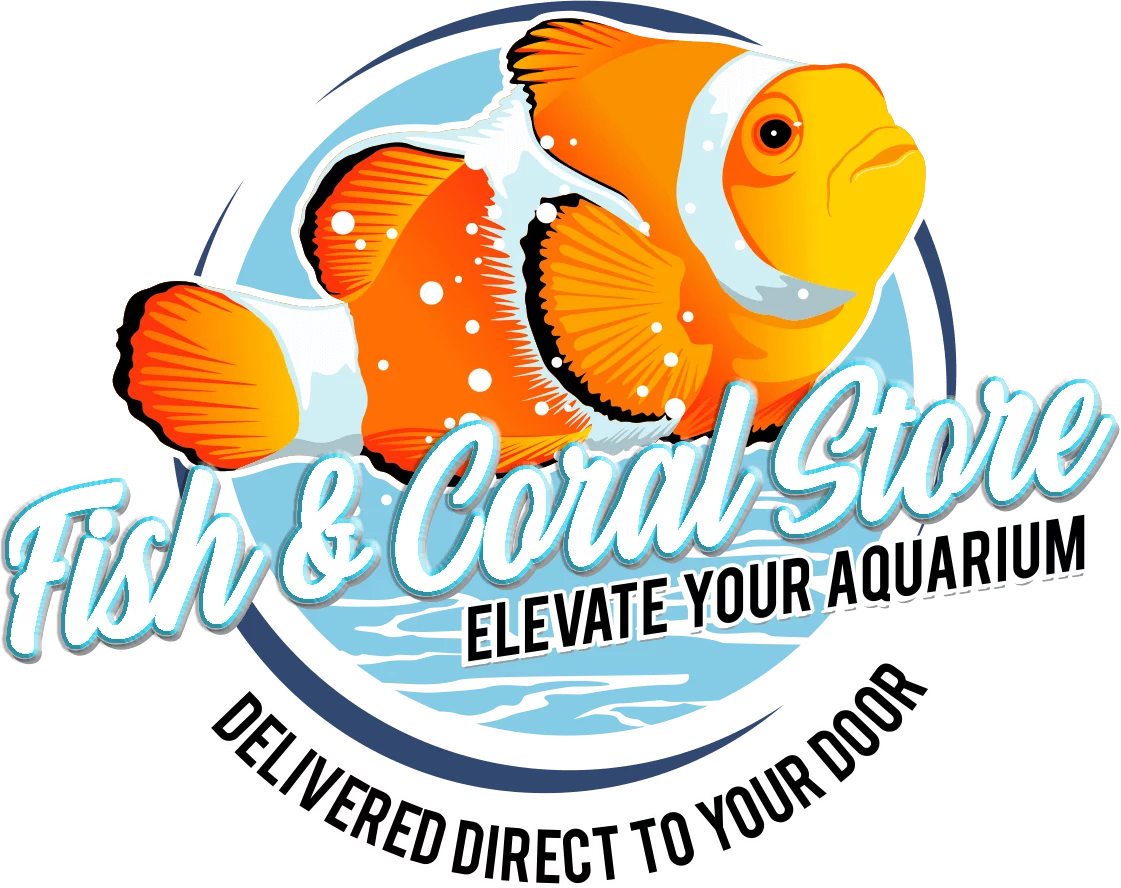


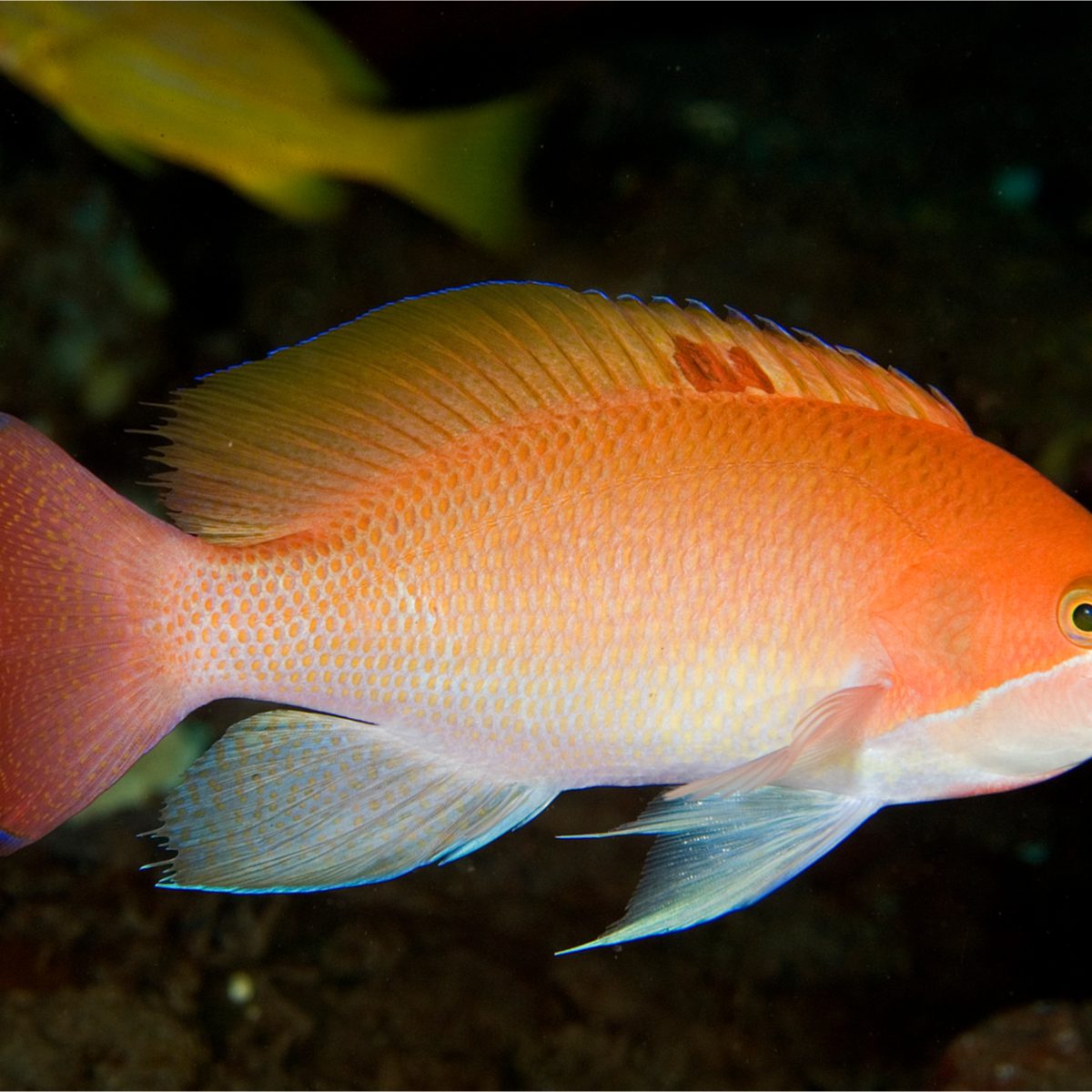

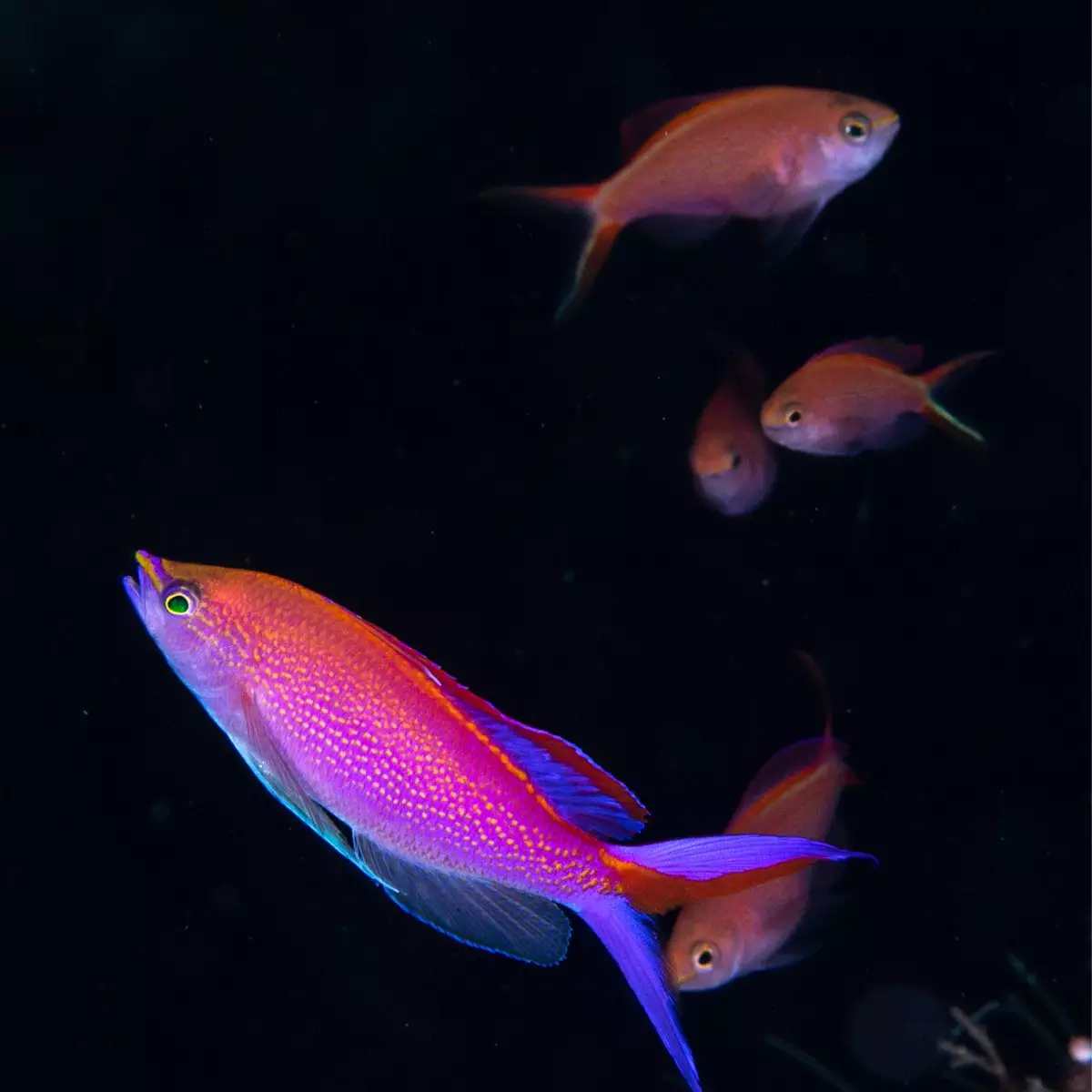
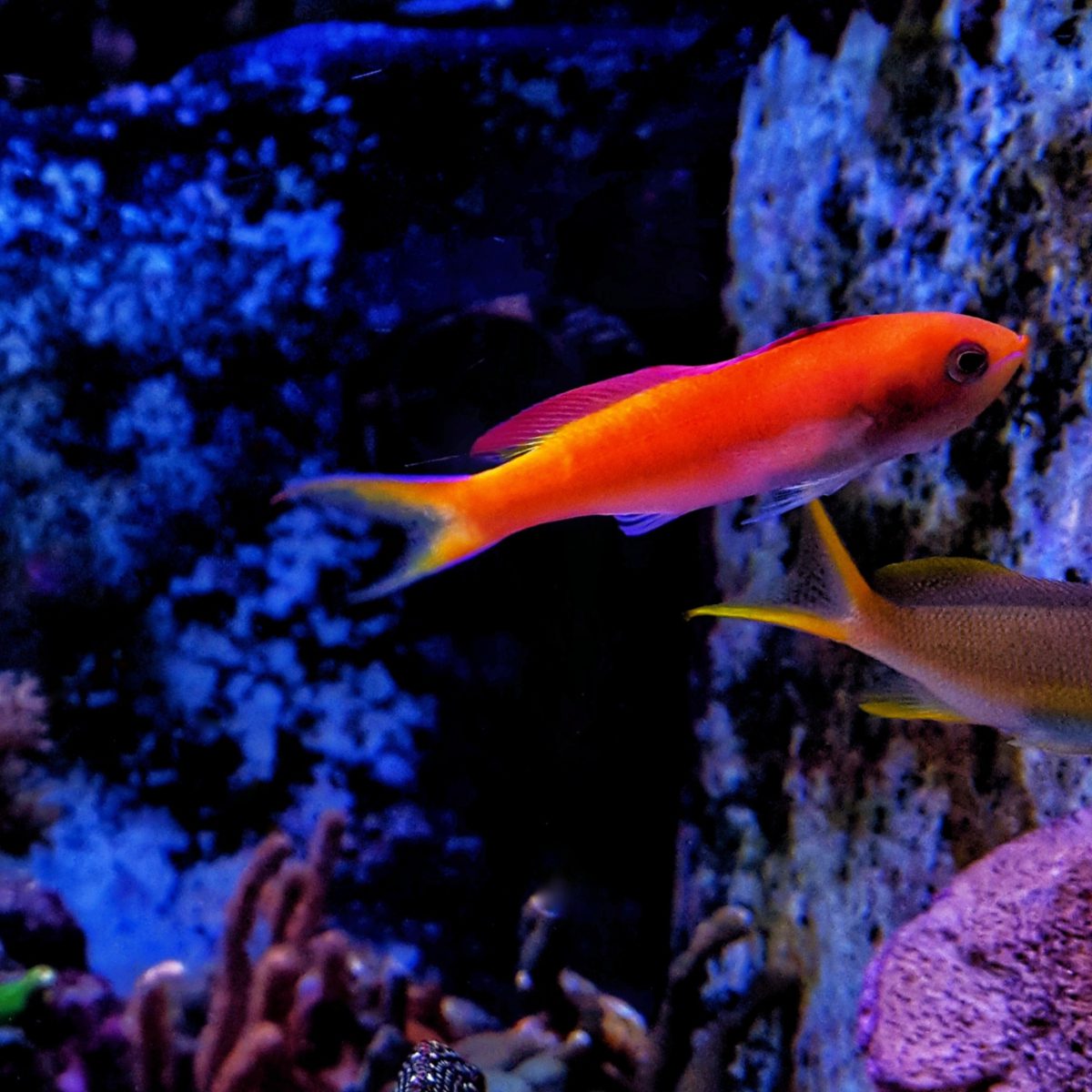
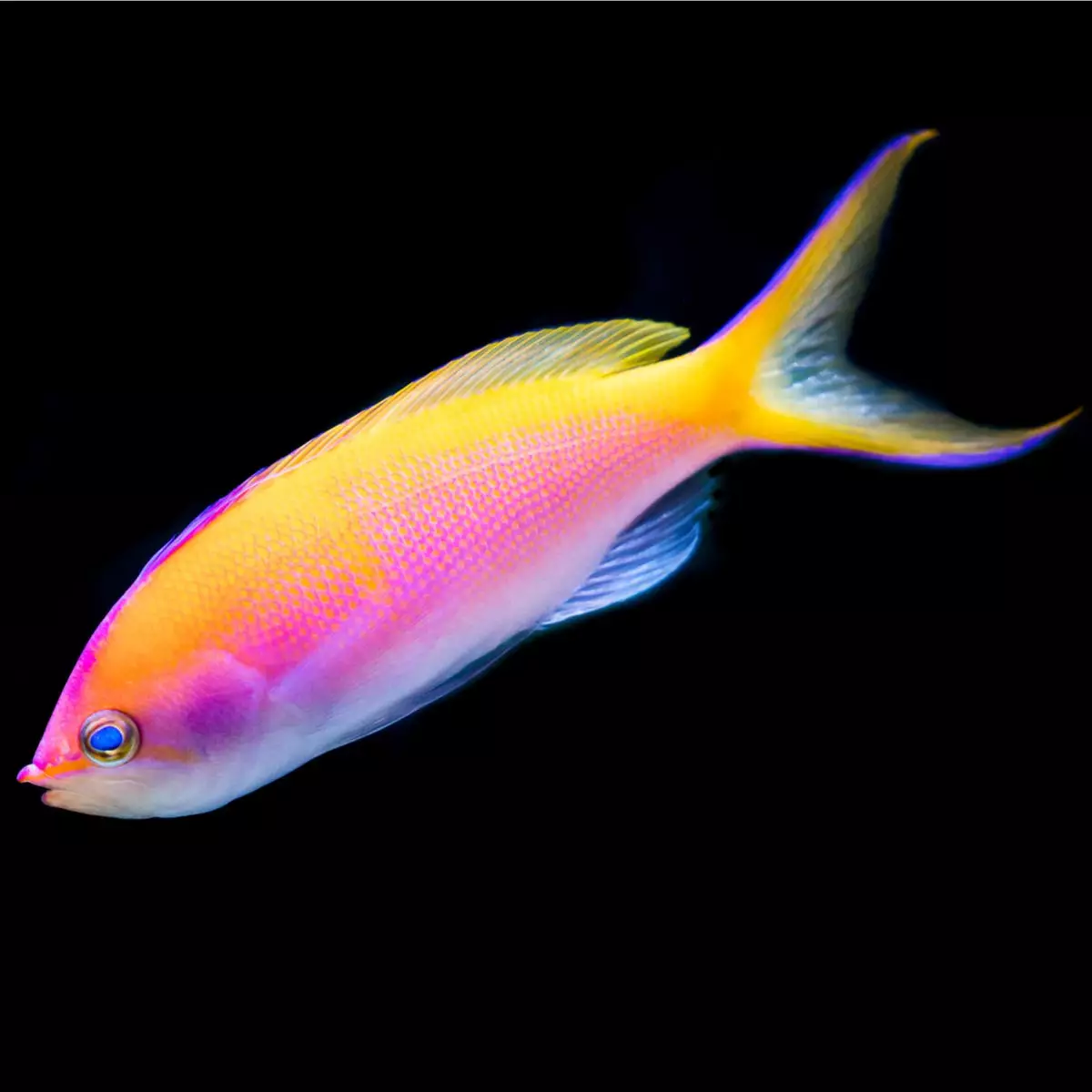
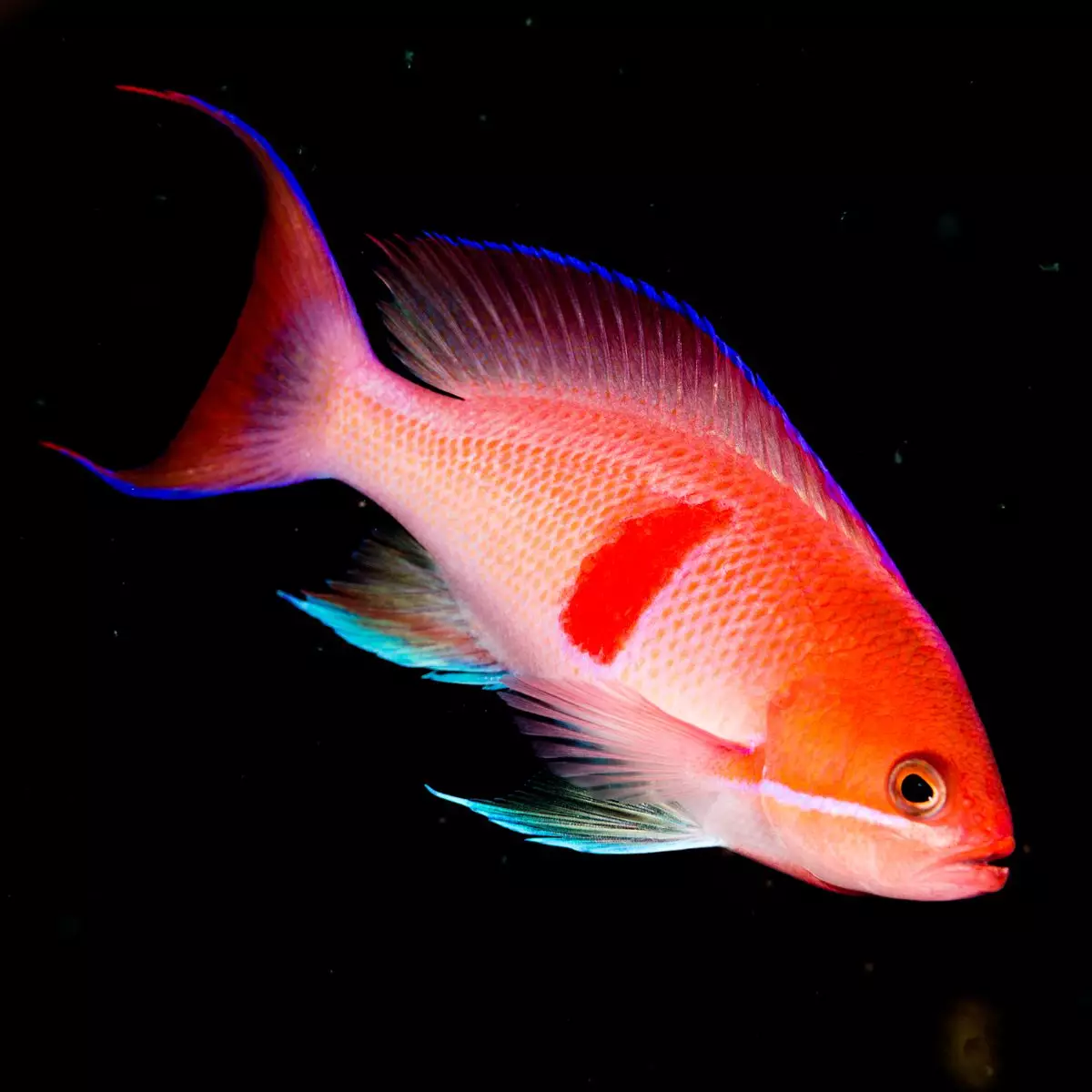
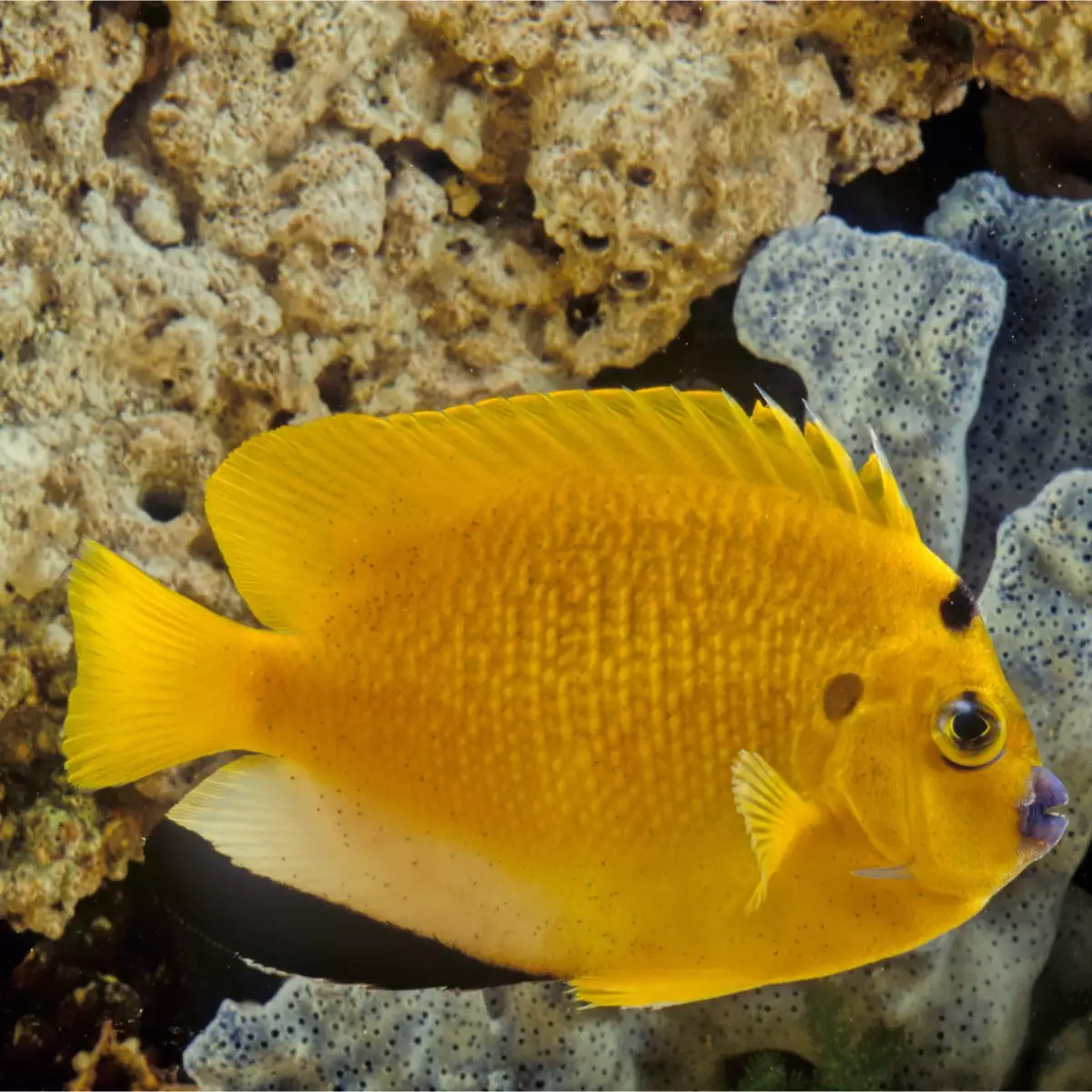
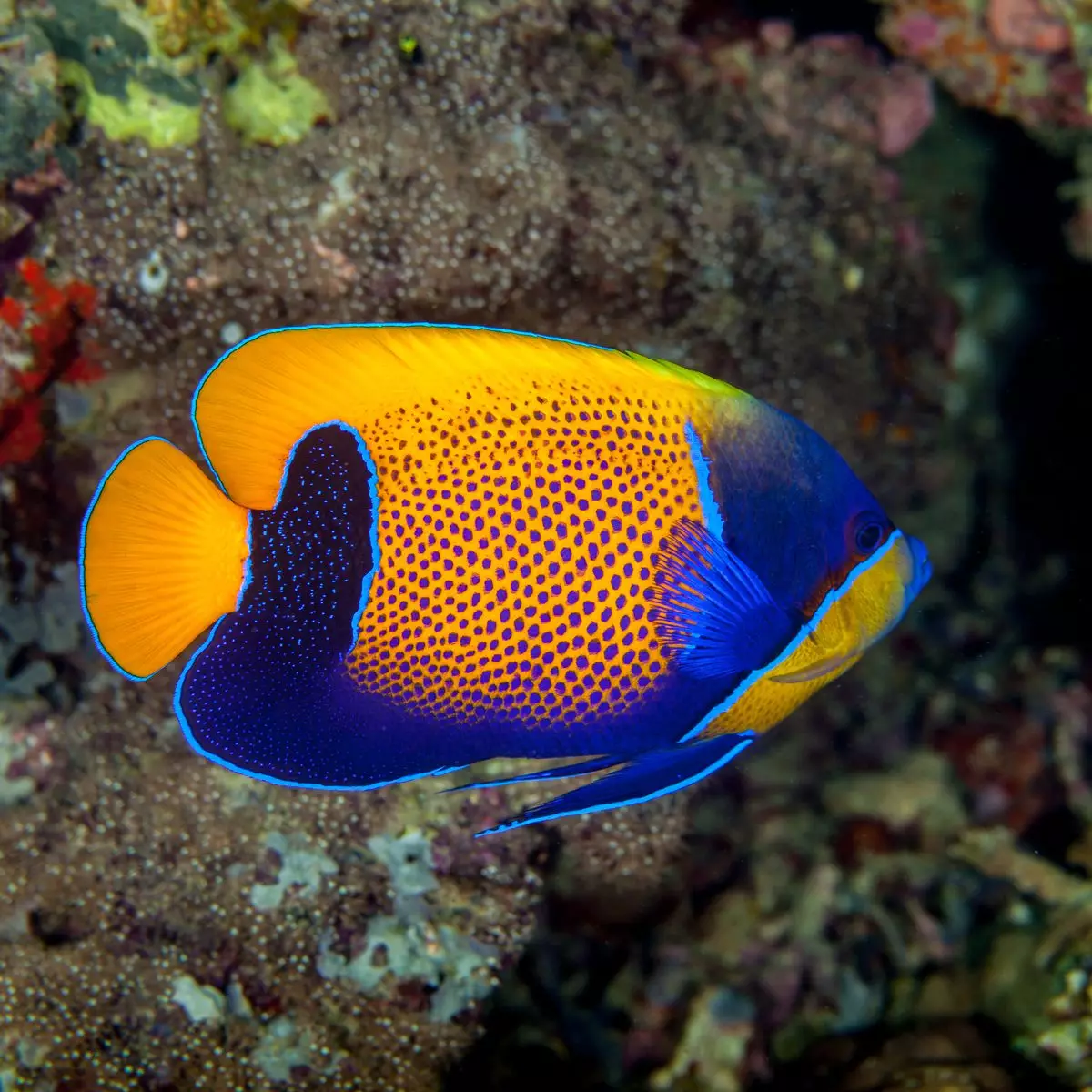
Reviews
There are no reviews yet.